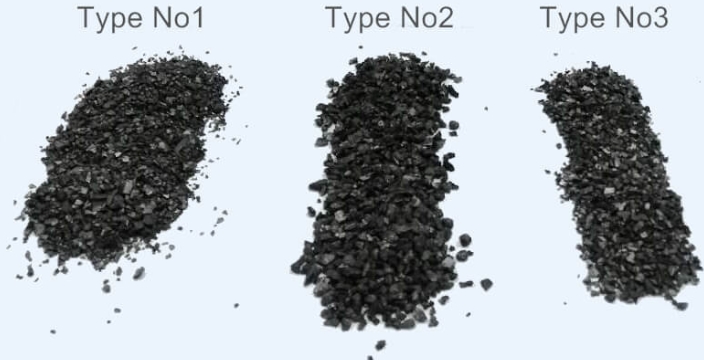
Electrically Calcined Anthracite - ECA - is an industrial product produced from calcined coke. ECA can be used to produce carbon electrodes, cathode plates and other components for aluminum electrolysis. The high purity and heat resistance of ECA make it the preferred material for industries requiring superior carbon materials in order to achieve efficient reactions and control during manufacturing processes. ECA can also be used to replace calcined oil coke for PCI systems. This significantly lowers production costs, and prolongs the life of coke ovens.
Market growth is forecast to be steady over the period of the forecast, due in part to an increasing need for carbon-rich materials to charge vehicles. In Asia Pacific the market will grow quickly, fueled by a rise in aluminium processing and production. ECA will likely drive the ECA market in Asia-Pacific as it's a crucial component for the production of cathode and carbon electrodes, which are used for the aluminium electrolysis.
ECA also finds significant application in processes of water treatment and energy generation. The ECA market's efficient filtering properties improve drinking water quality and safety. This makes it a popular and relevant product in many industries. This versatility, in turn, fuels the demand for ECA products and propels their market penetration across diverse applications.

Russia is the largest supplier of ECA. It is due to Russia's abundance of natural resources. It is also a large producer of anthracite, exporting it to many countries. One of the reasons for the significant share of global anthracite market is its low cost compared to raw materials.
However, there are challenges on the ECA Market that may hinder its growth. A price sensitive product may discourage the use of this type in industries with strict budget controls. There are also alternatives on the market that have similar functions, which could threaten its growth and market penetration.
The ECA market also faces the challenge of tailoring the product to meet specific industry requirements. This intricate customization might delay the product's swift adaptability to various applications, thereby slowing down its expansion pace. The environmental regulations are also important, as certain ECA variations may contain components that cause concern for the environment during their production or disposal. This can hinder market growth.
Despite these restraints the ECA is projected to see substantial growth over the next five years. The key driving forces behind the market's success include the versatility of ECA, which makes it an attractive alternative to other carbon-based charging materials for steelmaking and other metallurgical processes. Its demand is also driven by its lower cost of production, as well as better performance in comparison to petroleum coke calcinated. ECA is also expected to see an increase in demand for its energy-efficient and renewable power source solutions.

Write a Message